Do you have a question about the Daikin EWAQ~G-SS and is the answer not in the manual?
Explains the water chiller's function and main components like compressors, condenser, and expansion valve.
Details provided with the unit: diagrams, DoC, forming an integral part of the manual.
Inspect for damage upon arrival and report issues to the carrier and manufacturer.
Protect unit from environmental factors during storage before installation.
Base requirements, anti-vibration supports, and minimum installation distances.
Safe methods for moving the unit, emphasizing the use of designated lifting points.
Unit noise levels and methods for reduction if required by installation site.
Graphical representation of acceptable ambient and water temperatures for EWAQ G SS.
Graphical representation of acceptable ambient and water temperatures for EWAQ G SR.
Graphical representation of acceptable ambient and water temperatures for EWAQ G XS.
Graphical representation of acceptable ambient and water temperatures for EWAQ G XR.
Guidelines for designing the water circuit to minimize elbows and vertical changes for efficiency.
Essential components for the water system, including pipes, valves, and filters.
Steps for cleaning pipes and connecting the water circuit to prevent dirt ingress.
Importance of insulating water pipes to prevent condensation and freezing.
Water quality and treatment to prevent corrosion, scale, and ensure optimal heat exchange.
Minimum and maximum water flow rates for different EWAQ-G models.
Methods to prevent freezing of evaporators and recovery exchangers.
Requirements for connecting the unit to a TN power supply system and compliance.
On-site wiring operations must be performed by authorized technicians.
Ensuring independent power supply and installing safety devices.
Guidelines for connecting the power circuit to the unit's terminals.
Connecting clean contacts and remote inputs, ensuring pump operation.
Initial checks by authorized personnel before the unit's first start-up.
Comprehensive checklist of essential tasks before first operation.
Ensuring all isolation and shut-off valves are fully open before start-up.
User's role in understanding operation, maintenance, and reporting issues.
Routine maintenance activities required for unit longevity and performance.
Unit testing, warranty conditions, and importance of maintenance contracts.
Specific periodic controls required for certain unit categories as per European Directive.
Safe procedure for bleeding refrigerant gas from the safety valve.
Details on R410A refrigerant, its GWP, and leak inspection requirements.
Information regarding the expected operational lifespan of the unit.
Instructions for environmentally responsible disposal of unit components.
| Type | Air Cooled Chiller |
|---|---|
| Refrigerant | R-410A |
| Compressor Type | Scroll |
| Energy Efficiency | High efficiency |
| Dimensions (L x W x H) | Variable depending on the specific model within the series. Consult the specific datasheet. |
| Weight | Variable depending on the specific model within the series. Consult the specific datasheet. |
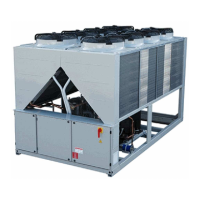
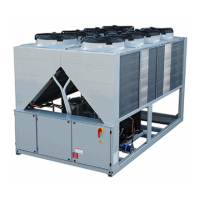

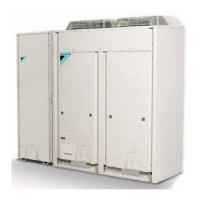




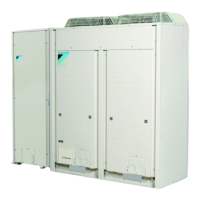

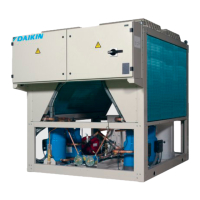
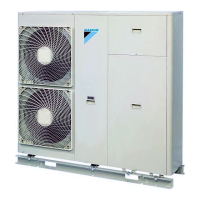
